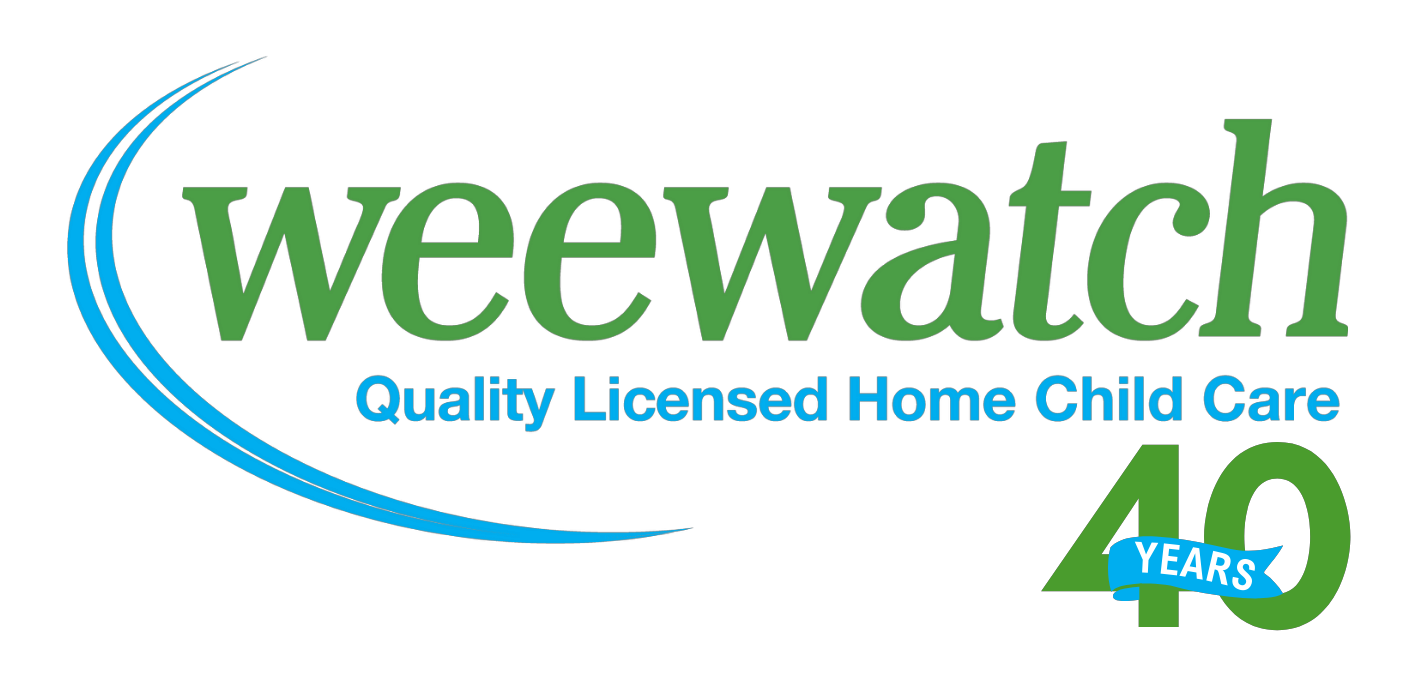
Children are natural risk-takers. Research shows that they need to practice manageable risk-taking to learn to distinguish between feasible and dangerous risks in their future. Risk-taking also plays a part in your child’s overall wellness, and helps children develop their self-regulation skills. Research shows that risky play helps children cope with stress as it gives children a sense of control. When children are engaging in risky play parents should first identify and assess the risks, if the risk seems manageable parents should trust that their child is competent and capable – they will be okay! This may be a learning curve for parents who are new to the concept. To start, try practicing in your own backyard. Once you and your child feel comfortable, you can venture to new places like the park or nearby forest area. Of course, you should always be nearby to encourage your child and assess any change in potential risks.
Start small. When your child is ready, some age-appropriate risky play activities may include:
- Playing at a safe height on playground equipment
- Tobogganing or skiing
- Biking at fast speeds with proper safety equipment on
- Rough and tumble play with other children of the same age and approximate size
- Climbing a tree
- Walking along a log
- Rolling down a hill
- Jumping off an object at a reasonable height
Let your child set their own boundaries, but adjust them, when necessary, based on knowing the capabilities of your child. Risky play is vital in healthy child development and will positively impact their early learning.
